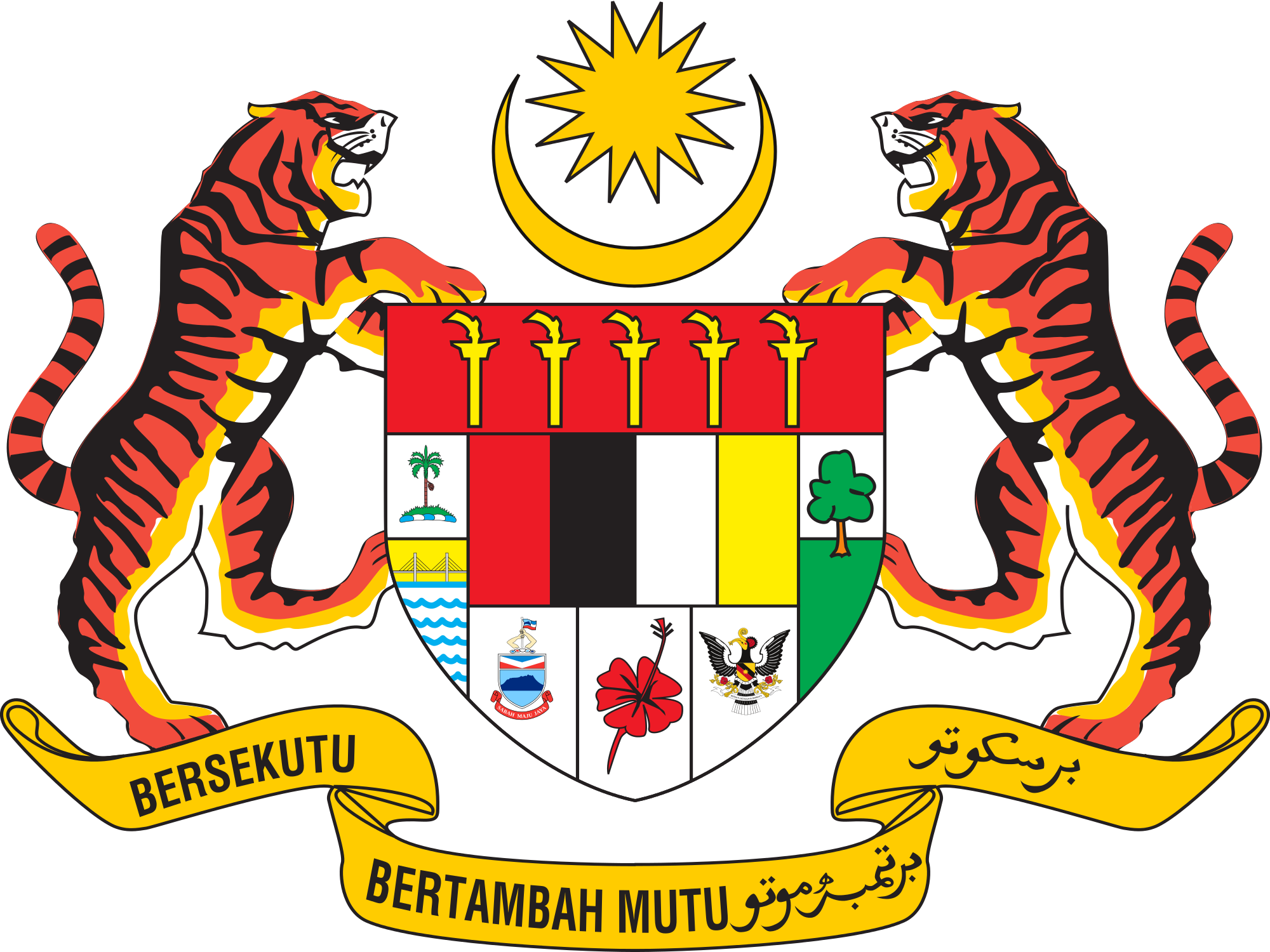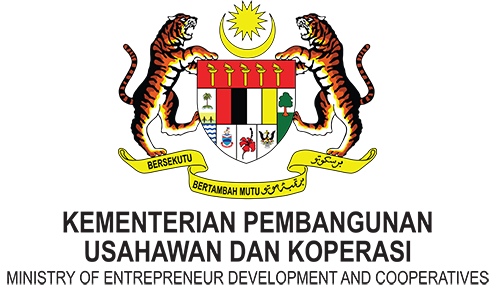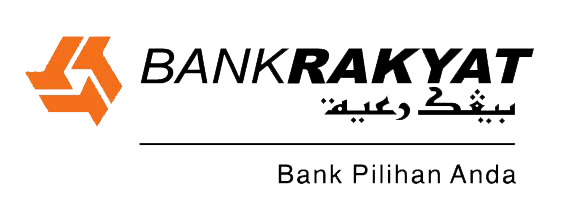The launch of the Asean Economic Community (AEC) is set to open up many business opportunities especially for small and medium enterprises (SMEs).
With a population of more than 600 million across Southeast Asia and growing, the smart move for SMEs is to tap into this wider market access to commercialise their products and boost their revenues and earnings.
According to the Secretariat of the Association of Southeast Asian Nations, (Asean), Asean economy remains the seven largest in the world and third largest in Asia.
Total trade rose by nearly US$1 trillion between 2007 and 2014, it observed, with intra-Asean trade making up the largest share of Asean’s total trade by partner.
The contribution of SMEs to economic growth, employment and development in the Southeast Asia region and believed they play an important part in achieving equitable economic development and regional economic integration.
“SME development in Asean is a key strategy, focusing on supporting SME access to finance, markets and global opportunities, human resources development, information and advisory services, technology and innovation.
“These objectives have given birth to the successful implementation of a number of initiatives which include the Asean Benchmark for SME Credit Rating Methodology, the SME Service Centre, the Asean SME Policy Index and the Asean Common Curriculum for Entrepreneurship.
“Moving forward, apart from information dissemination and promotion activities, efforts will be targetted at further improving SME capacity to participate effectively and proactively in regional and global value chains, it said.
Meanwhile, the chair of the Asean SME Agencies Working Group Dr. Wimonkan Kosumas said SMEs, including micro enterprises are integral to the economic development and growth of the Asean Member States (AMS).
She observed they constituted the largest number of establishment and contribute significantly to the labour force of AMS.
“SMEs account for between 88.8 per cent and 99.9 per cent total establishments in AMS and between 51.7 per cent and 97.2 per cent of total employment.
“The contribution of these enterprises to each AMS’ gross domestic product (GDP) is between 30 per cent and 53 per cent and the contribution of SMEs to exports is between 10 per cent and 29.9 per cent.
“Hence, these enterprises are important in terms of income and employment generation, gender and youth empowerment through their diverse business participation and their widespread presence in non-urban and rural areas.
“SMEs are thus the backbone of Asean and SME development is fundamental towards achieving long-run and sustainable economic growth and narrowing the development gap,” she noted.
To note, the Asean SME Agencies Working Group (SMEWG) is the Asean body responsible for SME development and promotion in Asean.
Development plan for Asean SMEs
The SMEWG had in 2014 initiated on the task of developing the 10-year Asean Strategic Action Plan for SME Development (SAPMED) from 2016 to 2025.
Among goals of the action plan are to promote, productivity, technology and innovation, increase access to finance, enhance market access and internationalisation, enhance policy and regulatory environment and promote entrepreneurship and human capital development.
In promoting productivity, technology and innnovation, several actions which include improving production management skills, key technology usage and its application to business as well as enhancing industrial linkages among SMEs and between SMEs and large enterprises such as multinationals (MNCs) will be fostered.
Besides that, business-academia collaboration and innovation support services will need to be further explored.
Those actions are expected to lead to improving industry clusters as well as making innovation as a key competitive advantage for businesses.
Additionally, SMEs and in particular micro SMEs (MSMEs) are encouraged to utilise diversified sources of financing.
Through various outreach programme, it is envisaged that businesses will be exposed to different sources of funding available and allow them to have more participation in the financial system.
In Malaysia, there are various government agencies for instance Malaysian Industrial Development Finance Bhd, Tekun Nasional, SME Bank and Export-Import Bank of Malaysian Bhd that provide assistance in the form of soft loans and funds for SMEs to expand their businesses.
International Trade and Industry Minister Datuk Seri Mustapa Mohamed said,“We have to do more to promote intra-ASEAN investment because investment creates more jobs, there will also be linkages in the economy in particular for the SMEs.
“The government will continue to provide financial support to SMEs,” he assured.
SMEs search for financial assistance
Apparently, one of the challenges faced by SMEs is the difficulty in raising more capital to fund their business expansion.
In this regard, there is no shortage of funding options provided by the government.
One of the leading organisation, Credit Guarantee Corporation Malaysia Bhd (CGC) is keen to assist SMEs in building up their businesses.
CGC, a subsidiary of Bank Negara Malaysia (BNM) is committed to lend support to businesses and SMEs in Sarawak by acting as a linkage between the businesses and the financial institutions through their guarantee mechanism.
It offers various schemes such as conventional, Islamic, direct financing rebate mechanism and so forth that could be tailored for entrepreneurs, Bumiputera entrepreneurs and women entrepreneurs.
Besides, it also aims to focus on supporting high growth sectors and new growth industries which have great potential to be developed like green technology, oil and gas and others.
Similarly, Small Medium Enterprise Development Bank Malaysia Bhd (SME Bank) will be allocating RM200 million for the implementation of the “SME Technology Transformation Fund (STTF)” and RM500 million for the “Industralised Building System (IBS) Promotion Fund” programmes as announced during 2016 Budget to eligible entrepreneurs.
Under STTF, the bank will provide financing on technology development towards achieving higher productivity, improving the process efficiency, efficient cost management and penetrating the export market.
SME Bank observed that it will be collaborating with SIRIM and SME Corporation Malaysia (SME Corp) in the implementation of STTF.
As for IBS, the bank noted the focus is on financing eligible manufacturers and contractors that possess Construction Industry Development Board (CIDB) certification in the construction of housing projects and other government projects.
The implementation of IBS, the bank revealed is through the cooperation between SME Bank and CIDB.
Entrepreneurship development
Apart from that, to encourage businesses to be more involve in the global value chains, capacity building programme and information platforms are vital to support their regional expansion and internationalisation agenda.
According to the web portal of Ministry of Industrial Development, there are various entrepreneurial programme being organised in partnership with certain government agencies.
The programme are food processing technology courses, songket weaving, ceramic and glass decoration and other training enhancement programme organised throughout the country.
Some of those programme are held in collaboration with for instance Malaysian Agriculture Research and Development Institute (MARDI), SIRIM Bhd and Pusat Pembangunan Jati Diri.
Thus, through smart partnership with certain government agencies and perhaps MNCs, SMEs will have better knowledge and technical know-how in enhancing their market access to a foreign market.
Besides, the adoption of international standards of quality and mechanism to assist businesses in boosting exports will spur them to be more competitive and strengthens their profile in the global scene.
At the same time, inter-and intra govermental cooperation are vital to ensure that the MSME integration will be a success.
The Asean secretariat believed MSMEs policies and regulations that are aligned and applied in AMS would promote synergies at the regional front.
On top of that, human capital development for instance, entrepreneurship education are important in
The action plan is designed with the hope that the establishment of the AEC will bring greater benefits especially to MSMEs.
Guide for SMEs towards AEC
The establishment of AEC will enable Asean to become a single market and production base putting countries in Southeast Asia to be more dynamic and competitive.
This in turn will strengthen the implementation of existing economic initiatives, provide regional integration and facilitating the movement of goods and services within AMS.
In other words, regional integration through the AEC is poised to make doing business across Asean easier and lowering its cost.
The secretariat of Asean in a publication entitled SME Guidebook – Towards the AEC 2015 further outlined a simplified customs procedure, the Asean Customs Transit System (ACTS), which is an automated system established by member state customs departments and agencies will be implemented to monitor the movement of goods in transit as they are being transported through Asean countries to their final destination.
It explained that the ACTS is a fully computerised system using electronic messages to communicate between traders and customs for the lodging of transit declarations and the discharge of completed transit movements, and the exchange of transit movement data between customs authorities.
With ACTS, it observed that goods will be able to move across different member states by using a single customs transit declaration lodged at the office of departure, which will act as a single guarantee covering the entire journey, controlled by a computerised system to prevent any blockages or abuses.
“For SMEs, the real and significant benefits to regional trade of ACTS are simplification, security and savings.
“Its mission is to boost the bottom-line of member state businesses, leading to greater economic competitiveness whereby faster customs clearance of goods will lead to significant savings in logistical time and cost for companies.
“SMEs will benefit through the establishment of a more stable and secure supply chain, reduced costs through shorter and more reliable journey times, while providing a secure environment which protects the interests and revenue of exporters and member states.
“Currently, businesses face considerable time lags when their goods pass through customs and the uncertainty over how long it takes leads to inefficiency and uncertainty in business planning and operations,” it said.
It believed better connectivity of goods made it easier and much lesser risk for companies especially SMEs to venture into new markets across the region and sustain their economic development.
Additionally, another proposal is to allow businesses to perform self-certification for their products.
The secretariat explained that the key aim of the Asean Self-Certification Scheme (ASCS) is to increase efficiency by simplifying administration procedures and reducing costs.
“The scheme enables certified exporters to self-certify the origin of their products to enjoy preferential tariffs under the Asean Free Trade Area (AFTA).
“The scheme will help improve the utilisation of tariff concessions available under AFTA and further enhance intra-Asean trade.
“By promoting self-certification, Asean hopes to minimise the involvement of the member state authorities and lead to a smoother clearance of goods in the country of importation,” it said.
Under the scheme, the organisation revealed the primary responsibility of origin certification will be carried out by companies, including SMEs, participating in regional trade.
It added certified exporters are allowed to declare that their products have satisfied the Asean origin criteria by a certified exporter on a commercial invoice or other commercial document such as billing statements, delivery order or packing list.
Most importantly, it observed self-certification can be done by the company itself anytime.
Given such a measure, what benefits do self-certification bring to SMEs?
The Asean secretariat explained that by shifting the certification burden onto the companies themselves, the scheme makes it much easier for companies to efficiently develop new markets in other member states.
More importantly, the system enables certified exporters to create an invoice declaration for the export of goods.
Going forward, the new process will require less information and the existing one will be gradually replaced.
Challenges faced by businesses
Having said that, there are several obstacles which SMEs and entrepreneurs still encounter in marketing their products abroad.
A major obstacle for achieving the AEC is integrating the different product standards of the individual member states under one system of Asean.
In the past, each Asean member countries has developed its own standards for products.
Read more: http://www.theborneopost.com/2016/02/28/connecting-smes-within-the-aec-ecosystem/#ixzz41XO7InFt
For a product to be exported from one particular country, for instance Thailand to the Philippines, standardisation must be incorporated in the product specifications to enable the ease of entry.
This is especially important for SMEs that do not have the resources or experience to establish knowledge of procedures and networks in other member states.
Nonetheless, the situation will change under the AEC and the promotion of free-flow of goods.
To note, member countries have been working hard to establish a common ground known as mutual recognition arrangements (MRAs) and approaches in streamlining the standards in all business sectors.
Subsequently, businesses to a large extent, the SMEs will need to comply with the new uniform standard of adopting the system while trading with partners within Asean countries.
As a start, seven priority sectors have been identified to adopt the MRAs.
Those sectors include rubber-based products, traditional medicines, cosmetics, tourism, production of fresh fruit and vegetables, cultivation of shrimp and aquaculture and production of livestock and livestock products.
For rubber-based products, the Rubber-Based Product Working Group (RBPWG) is responsible for eliminating technical barriers to trade in the rubber sector through the ‘harmonisation’ of rubber-based product standards with international standards and quality.
The working group outlined priority products that have been agreed for the focus of harmonisation are rubber hoses, foam products, rubber bearings, babies’ teats, pacifiers, and rubber nipples.
For traditional medicines, the Product Working Group on Traditional Medicines and Health Supplements (TMHSPWG) is responsible for the integration of those products across Asean.
It added the working group is also acting as the focal point to facilitate the development of strategies; integration initiatives; harmonised technical requirements including safety, efficacy and stability guidelines; harmonised labelling requirements; and a regulatory framework in the traditional medicine and health supplement sectors.
“To ensure the quality of agricultural produce, Asean has developed standards for mango, pineapple, durian, papaya, pomelo, rambutan, guava, lansium, mandarin, mangosteen, watermelon, young coconut, banana, garlic, shallot, jackfruit, cucumber, melon, salacca, okra, cashew kernels, sweet pepper, onion, chilli, peppers, cabbage, coffee beans, turmeric, and yard-long bean, to ensure they are available fresh to consumers after preparation and packaging.
“The agriculture sector remains the backbone and dominant sector of the Asean community in terms of the large workforce it employs and its contribution to member states gross domestic product (GDP).
“The AEC Blueprint identified means for the agriculture sector to enhance competitiveness through the improvement of ASEAN standards for agriculture to be on a par with international standards.
For shrimp and aquaculture products, the secretariat noted the Asean Good Aquaculture Practices (ASEAN GAqP) will focus on the promotion of trade inside and outside the region, improving competitiveness, quality assurance, and ensuring safety standards for seafood products,” it said.
Supporting SMEs growth with more infrastructure
As part of the efforts to support the development of SMEs, the necessary infrastructure needs to be in place.
Hence, the state government has embarked on the development of industry clusters which would help SMEs to enhance their productivity and spur innovation.
In the next few years, more industrial estates will be developed in smaller towns throughout the state to further support and encourage the growth of SMEs in Sarawak.
Earmarked under the Eleventh Malaysia Plan (11MP), Chief Minister Datuk Patinggi Tan Sri Adenan Satem said the move is to spur the development of rural regions by having one industrial park developed in every rural towns.
He noted the initiative is on top to the RM3 billion allocation set aside by the government to develop more than 7,200 hectares of industrial land throughout Sarawak, including the 174 hectares in Samalaju Industrial Park in Bintulu in a move to encourage and support the growth of SMEs.
“The government acknowledges the importance of SMEs as the backbone of the economic development and in uplifting the livelihood of the communities especially in the rural regions.
“Based on the 2011 Economic Census, the SMEs which are mainly in the services and manufacturing sectors make up 98 per cent of the total establishments and have a significant contribution to the state and national economy,” he observed.
Thus, he encouraged SMEs in Sarawak to venture out and expand their market beyond the country such as within the Asia region, in particular the AEC that provides great potential for trade and commerce.
Adenan noted the domestic market in Sarawak is not large enough and urged entrepreneurs to explore opportunities in the larger Asean market.
As such, he called on more than 43,830 SMEs in the state to tap on the potential in AEC which is wide open to market their products and services more aggressively.
Industrial Development Minister Datuk Amar Awang Tengah Ali Hasan stressed “We have to go for more export-oriented products and I would like to urge all the business communities including SMEs in Sarawak to take full advantage of the opportunities made available by AEC,” he urged.
He noted the development of one industrial park in every district especially in rural towns is in line with the vision of the state government to accelerate the development of rural regions under the ‘go rural policy’.
Awang Tengah explained the development of industrial parks would create positive multiplier effect that will benefit the state through the creation of more business opportunities for SMEs and employment opportunities for the people.
Apart from that, SMEs in Sarawak will also benefit from the Sarawak Corridor of Renewable Energy (SCORE) development as they could play supportive role to the heavy industries in the region.
Through SME Corp, the agency will assist SMEs to link up and integrate their business with the industries in SCORE to boost production and expand their network.
Ultimately, as SMEs move up the value chain of the industry and grows bigger with their exports, it will help to bring in more revenue to the state which in turn will stimulate the growth of the state’s economy.
Read more: http://www.theborneopost.com/2016/02/28/connecting-smes-within-the-aec-ecosystem/#ixzz41XOCk6Y7






















